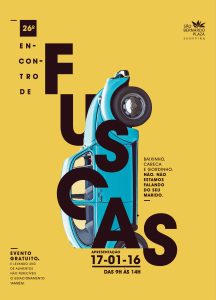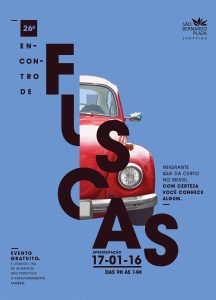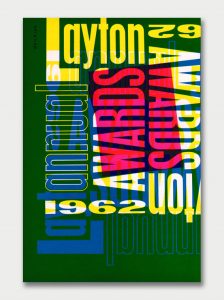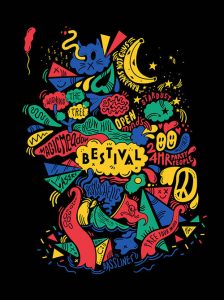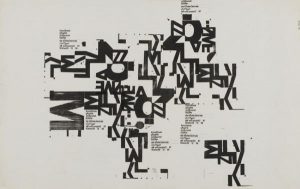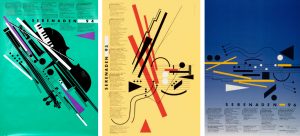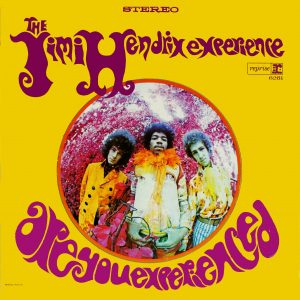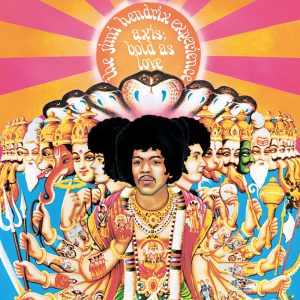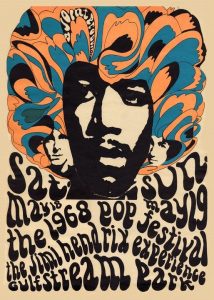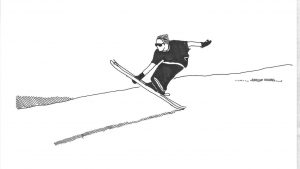Throughout the weeks, writing each research and communication task has led to a considerable amount of research into all types of art that I personally would not have looked at due to its lack of similarity to my work. Despite this I have been able to start to look into movements rather than singular artists which has broadened my knowledge of the different artistic era’s. The need for a wide range of research and the depth needed to really answer the questions has enriched my cultural knowledge of the different style that designers have and how they differentiate themselves from each other, even when they could be part of the same specific movement.
By looking at each movement in chronological order enabled me to understand in which order the most influential artists and movements came, and therefore allowed me to decide which pieces inspire me the most. When analysing a movement I would find that there was an obvious style throughout movements such as the postmodernists who specifically would go against the modernist movement, this led to their abstract methods arising and taking control of their pieces. Artists such as Weingart who would use the same simple and straightforward typefaces as those used on modernist compositions. Weingart would then deconstruct the already perfectly constructed Swiss design. Throughout my study and research of Weingart I enjoyed looking at how he pushed and still pushes the limits in typography. His ability to look at typography in a certain way that has not been seen by anyone else really gives you a sample of the grandeur of his creativity. This drive to explore new methods through different techniques has pushed my own work and has helped me respond to artists when using their techniques to create my own version.
The question that I found most interesting to answer was that of “Is it possible to be truly authentic?” This enabled me to ask myself if any of my own pieces were actually authentic original ideas. I came to the conclusion that to create your own pieces you must do research and can take inspiration from other artists; this is a technique that will help you boost your creativity. There is nothing wrong with discovering something new from an artist/movement when doing research and then to implement what you have discovered into your own work. The perfect example is that of the modernists and the postmodernists. The Modernist era had created their own movement by using clean lines and simplistic typefaces which created clear and perfectionist style designs. This was then followed up by the Postmodernists who manipulated the modernist style. The postmodernists created a whole new movement by countering another movement. This therefore means that the straightforward and perfectionist practice of the modernists helped drive the postmodernists to create a countering approach to art. Asking myself the question and analysing these movements is key to finding and discovering an approach to the art world that suits me best and pushes me to continue researching to further my work.
To conclude, the Research and Communication skills tasks were extremely useful thanks to the need to look into certain parts of arts history in enough depth to find a method that I would use in my work and when creating my work. I know can ask myself questions before working or creating an idea that will help me look at the idea in a new light. The lectures drove me to become a better designer in all aspects of my work.

